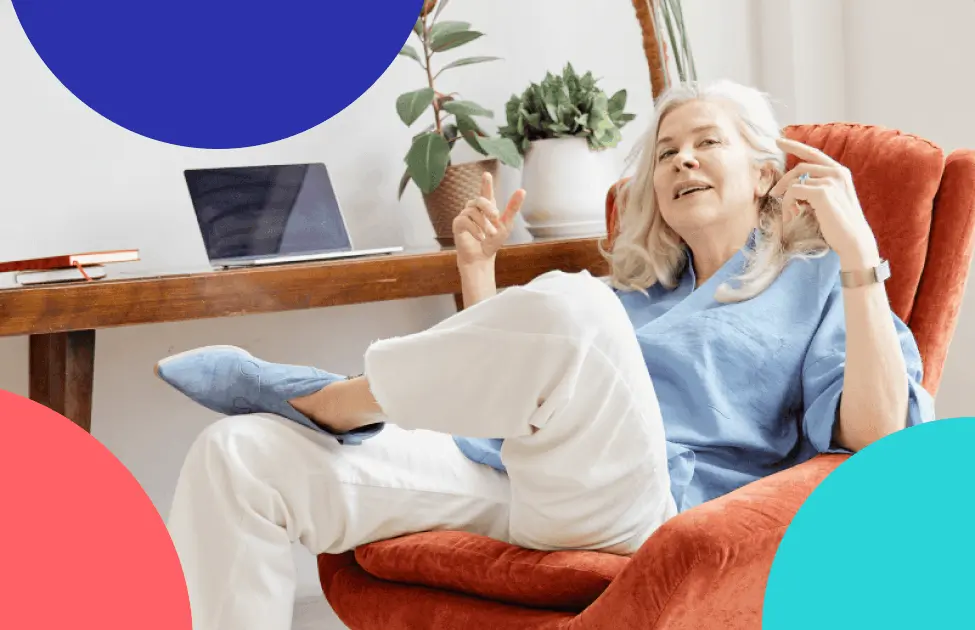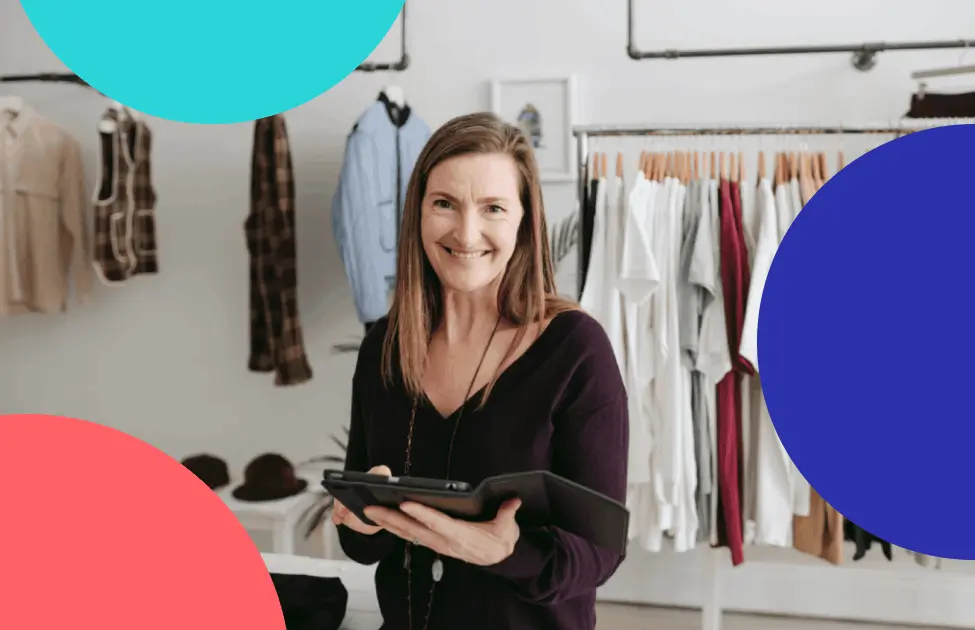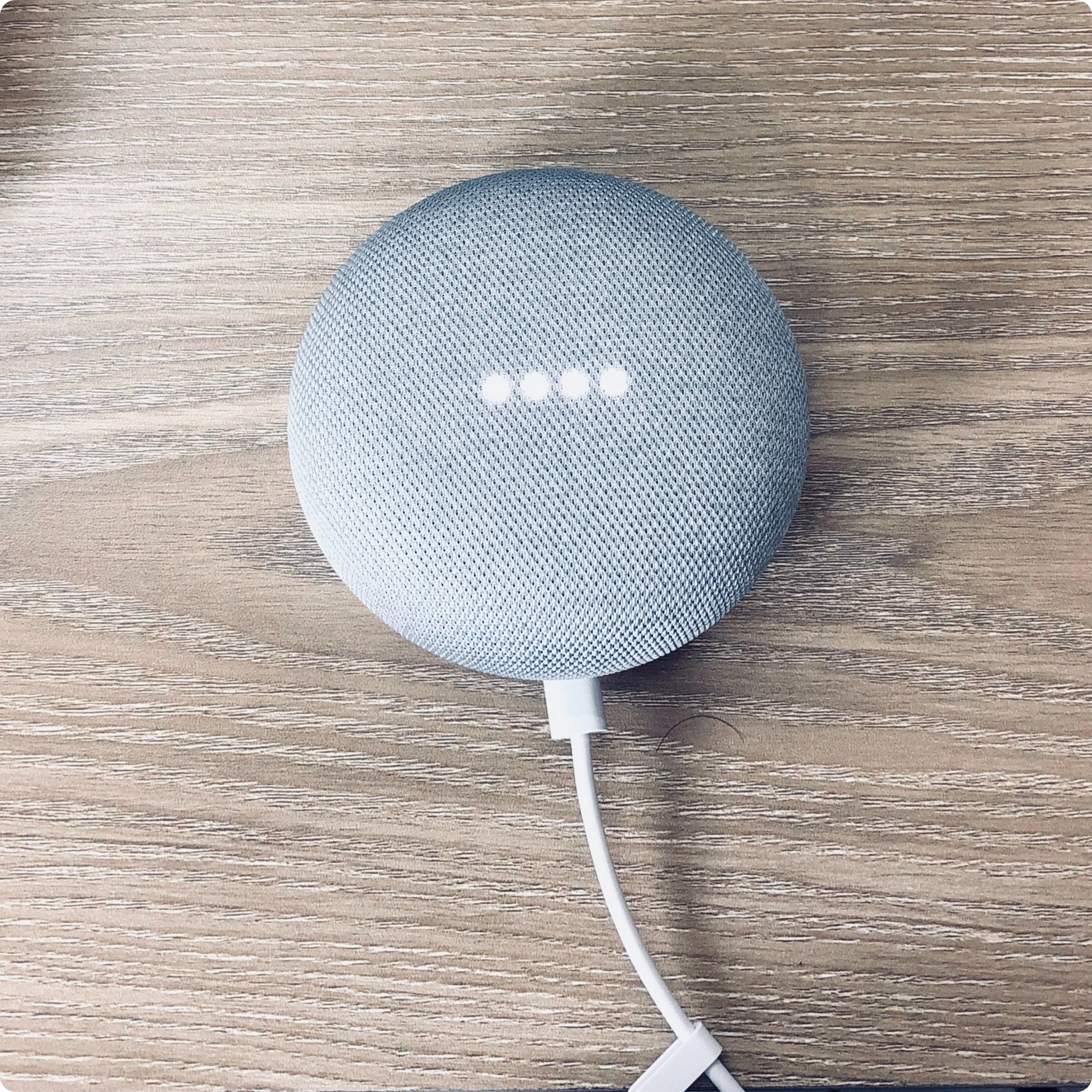Finetuning your text
Just like in real-life commerce, the words you use in your webshop can be the difference between success and never making a single sale. Words can work incredibly hard for your store: they can drive traffic to your site, engage and entertain, create a connection, build trust, communicate competitive advantages, help people make better choices, make their shopping experience more intuitive and pleasant, and inspire them to come back for more.
Simply put, better words mean better sales! And that’s exactly what we’ll be helping you with in this post. In case you’re new to the game, the official term for all and any text you use as a retailer is ‘copy’, so that’s what we’ll be calling it from now on.

Is your copy optimised for searches, including voice search?
You probably know all about the importance of SEO and keywords already, but beyond search engine results, you now have to consider people that are shopping via voice assistants like Siri and Alexa – and, increasingly, through AI tools like chatGPT. So in 2023, making sure your e-commerce site is optimised for online search is a no-brainer. From what we know now, ChatGPT has largely the same priorities when it comes to its algorithms as Google does — so best practices will be largely the same for all of those purposes: using strong keywords, using relevant language, and aiming for good reviews and high Google rankings in order for your store to be among the first search results.
It’s important to understand the language your customers are using to talk about your products, and product reviews are a great way of getting insight into this. You should incorporate this language into your keyword strategy. Think of the types of questions people will be asking with voice search and make sure your content provides valuable answers — you could even include a FAQ section to help with that. Make sure your product descriptions are as keyword-rich as possible, and use long-tail keywords: e.g. ‘size four trainers for women’ rather than just ‘trainers’.
Learn from: Sephora.
The multinational beauty and personal care retailer has integrated its e-commerce platform with Amazon Alexa and Google Assistant, making it easy for customers to search and shop for beauty products using their voice.

Are the calls-to-action prominent— and persuasive?
Calls-to-action (CTAs) are an essential part of e-commerce copy: after all, your goal is to persuade people to buy from you, not just browse all the cool things you sell! So paying attention to your CTAs is a must. They should be clear, prominent and persuasive — encouraging your visitors to take the action you want them to take, like adding something to their cart, browsing related products, reading your brand story, starting a subscription, or signing up for your email list.
It’s a good idea to use action-oriented language: ‘Find your colour’ is better than ‘Colour options’. It’s also wise to test different CTAs, so you can compare their effectiveness (we wrote about A/B testing in the first part of this series here.) And while this post is dedicated to words, it’s worth noting that something as simple as changing the position or colour of a CTA can boost your conversion rates. So the smart thing to do is to experiment with both visual and verbal aspects of your calls-to-action.
Learn from: Warby Parker.
This eyewear brand has mastered the art of the CTA. The first thing you see on the site (at the time of writing, at least) is a big and bold offer: ‘Try on 5 frames without leaving home’. It’s a tempting proposition — and they even preempt possible concerns and objections by pointing out that shipping and returns are completely free. Warby Parker’s other persuasive CTAs include ‘Find your brand’, ‘Take a quiz to find your frames’, and ‘Buy a pair, give a pair’, which is the name of their brilliant charitable programme. This couldn’t be more different from a typical online store that just leaves you to your own devices to browse hundreds of frames and contact lenses. Guess which approach will make people more likely to end up buying a pair or three!

Should you get some help?
Copywriting is both an art and a science that people study for years — so naturally, there’s a lot to it, and nobody expects you to be amazing at everything or do it all alone. If you’ve realised that your copy really needs some attention and you don’t have the time, knowledge, or resources to do it, it’s best to outsource it. An experienced copywriter or agency will relieve your headaches by looking after all those tricky words and make them work for you instead of against you.
In addition to human writers, these days you can even go all futuristic and offload some of the work to an AI tool like ChatGPT. It’s constantly becoming better at keywords, generating product descriptions, giving you CTA options to test, and it can even serve as a chatbot for your store. It won’t be able to replace good copywriters just yet, but it’s good at many technical and repetitive tasks, so why not use it?
Learn from: Allbirds.
Companies are starting to use ChatGPT for their e-commerce copy, but they don’t talk about it much — so this example isn’t about robot-written copy. Allbirds is an eco-friendly shoe company that uses unique and characterful copy that’s clearly human-written: using expressions like ‘supernaturally cozy’ and product names like ‘wool dweller’. But there’s no harm in getting a working first draft with some help and then fine-tuning in order to synch the communication with your company’s brand and tone of voice.

Copy is under your control
Unlike your customers’ shopping mood given the economy or season, the copy you use on your webshop is indeed under your control. With these tips on: finding shortcuts to describe your offerings; zooming in on the power of CTAs; and optimising descriptions for search engine and voice assistants, you are well on your way to winning customers and building their loyalty.
Did you miss Part 1 of this series? Click here to learn about more tips to: describe your products and services clearly; the importance of matching tone of voice with your brand; and conducting A/B testing to understand what resonates with your customers.

Samara H. Johansson
Content Manager, Nets E-Commerce
With 15+ years of experience in strategic marketing and communications roles, for Nets I focus on presenting e-commerce market insights in a way that is easy to understand and practical.
- Topics



